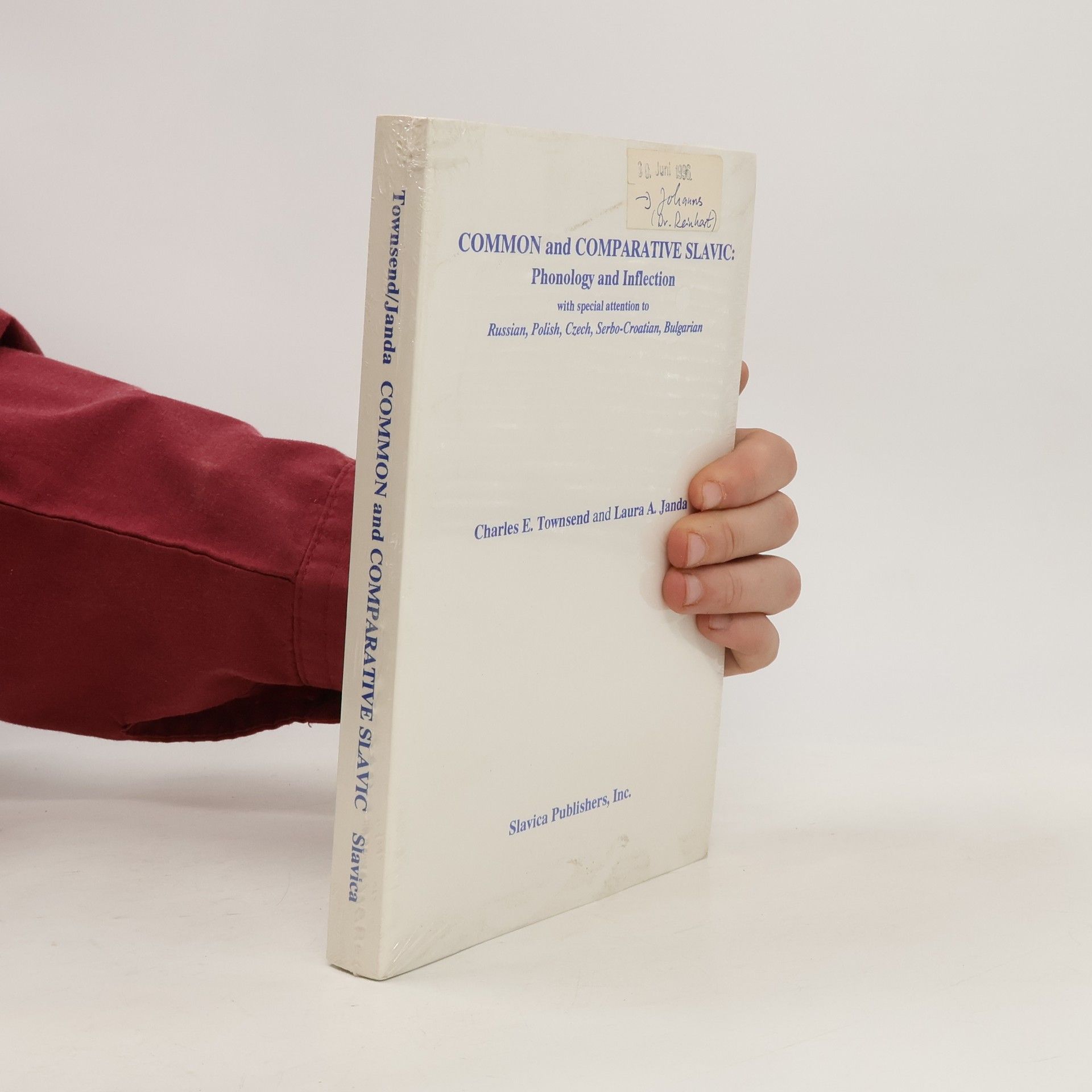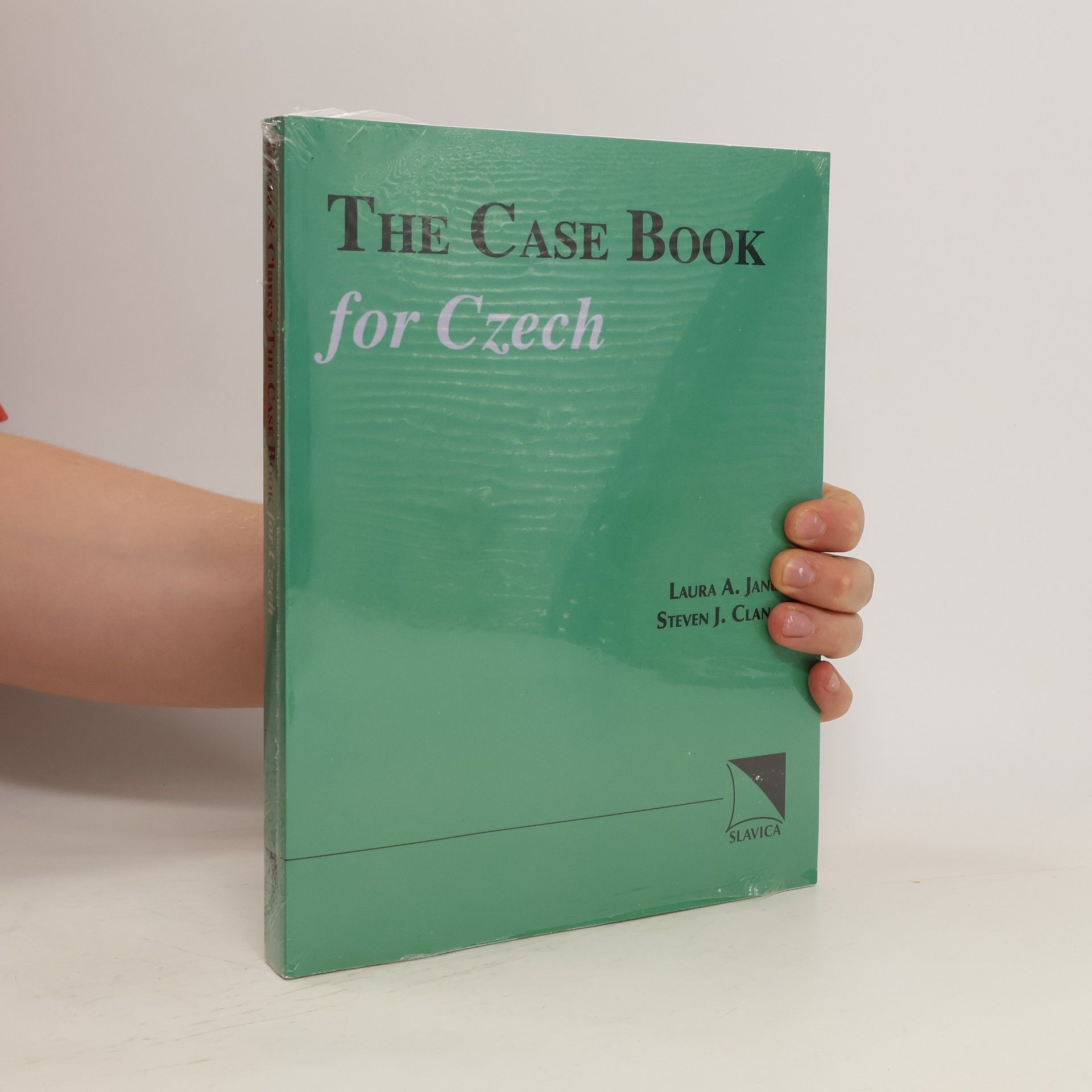The Case Book for Czech
- 376pages
- 14 heures de lecture






Designed to serve as a textbook for courses in statistical analysis in linguistics, this book orients the reader to various quantitative methods and explains their implications for the field. The methods include chi-square, Fisher test, binomial test, ANOVA, correlation, regression, and cluster analysis. The advantages and limitations of each method are detailed and each method is illustrated with exemplary articles presenting linguistic data.
Every inflected language carries seemingly useless morphological baggage in the form of irregular affixes in inflexional paradigms. Though often lost, under certain conditions such marginal morphemes can be recategorized and implemented to restore old or build new distinctions, becoming highly productive. The book applies Andersen's approach to language change in terms of motivated abductions (reinterpretations), combined with analysis of prototypes and categorial status according to cognitive linguistics. Three case studies are examined in 1) The 1sg -m marker, limited to five athematic verbs in Late Common Slavic, now marks many or all verbs in some Slavic languages. Reconstruction of relevant verbal systems shows how phonological changes facilitated the abduction that the athematic verbs had a prototypical stem structure, promoting the spread of their characteristic morpheme. 2) The ß-stem declension was lost in Late Common Slavic, but its endings survived, spread paradigmatically (motivated by parallels in other paradigms), or semantically to create new distinctions. The latter mark items high and low (but not mid-range) on the FIGURE-GROUND scale, a hierarchy of distinctions crucial to the development of animacy. 3) The dual number was lost in most of Slavic, but some endings have become productive as markers of plural or virile (the latter also motivated by FIGURE-GROUND).
InhaltsverzeichnisStatement of problem – Various approaches to the semantics of Russian verbal prefixes – The modified structuralist approach – A modified structuralist analysis of Russian verbal prefixes – Za- – Pere- – Do- – Ot- – Summary